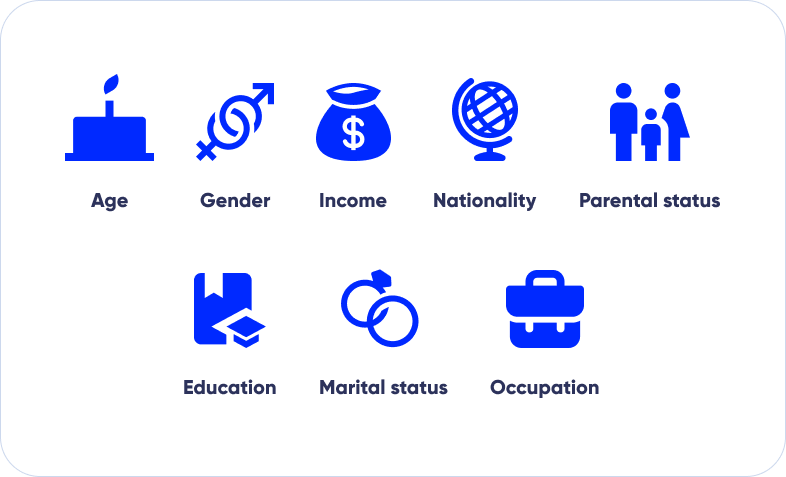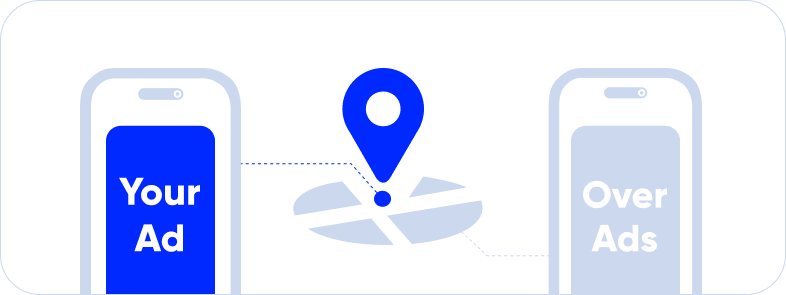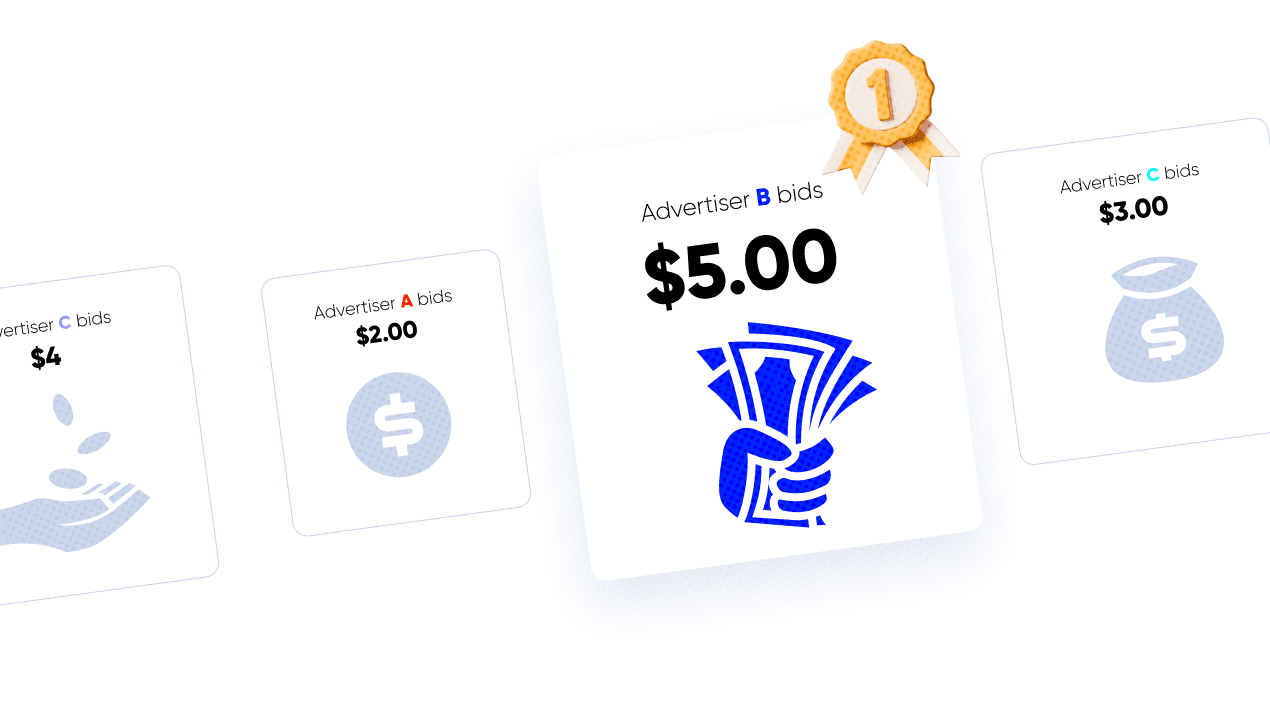
Audience targeting in programmatic
- Author: Victoria Motorina
Digital Advertising is a recent type of advertisement utilized due to the reduction in the importance of the traditional means of advertisement for goods and services. Recently, advertisers have no problem spending huge sums of money on programmatic buying. Every business is designed to meet up with a specific online target audience and one major benefit of programmatic buying is the accessibility to a wide range of audience data.

For instance, if you are in charge of running a new advertising campaign for a small business and you have some regular stores and a website for displaying your products. A very important part of developing your business is identification of the audience. You may have an idea of your potential clients, but plan to communicate your business to a larger audience to attract new buyers. The retail industry is made up of special challenges related to online acquisition. It would take some months of experimentation, suggestions, and failures to find out the best course of action. Most times, you only hope that your ad is noticed by the right people.
Data Is The Solution
There is a lot of information that can be gained about clients based on their online activities, the websites they surf and the different devices used in browsing the internet. The data gotten is utilized in programmatic buying. Programmatic uses the data gotten from the audience to eliminate any problems of guessing and ensuring the services are provided to the right audience and the best products are displayed online.
The next stage is to go through some targeting options which can be used in personalizing the advertisement campaign. Based on the outcome which you want to achieve, you can classify your audience using the following targeting options:
1. Demographic

You can make use of certain characteristic and qualities that qualify the people you want your ad to be displayed to. Do your best to get the perfect combination that properly describes all your customers.
2. Interests and behavior
Demographic targeting is a simple way to identify your audience. It is also a quite simple way to lose a lot of money for low output. For instance, if you are in charge of a clothing retail that targets young women between the ages of 20-35 and you have information about their ages, gender and estimated income, it is still not enough to guarantee a successful advertisement campaign. Programmatic is a simple way to target audience based on their online behavior. It comprises different options for behavioral targeting ranging from purchase behavior to lifestyle habits. This process involves a compilation of different web searches, purchase histories, frequently visited websites and other forms of information to set up a user profile, which would reveal the needs of your audience, their unwanted products and different product purchases. Consider the special features of your clothes. Who is it made for? What is the attitude of your potential customers? What are their preferences? What websites do they make use of? What searches do they frequently make? Upon providing answers to all these questions, you can predict what their online activity and interest would seem like.
3. Context

Contextual targeting involves taking a look at the different categories or keywords of the current page being viewed by the client and then displaying ads that are only important to that specific content. You can apply the following options:
- Keywords provide you with the opportunity to display ads on your site containing different keywords (such as clothing, accessories)
- Topics – by using this you can select a wider range, specific topics or utilize both at the same time (fashion and style)
- Tne placement provides you with the opportunity to select certain websites, videos or apps that you want your ad to be displayed on
4. Device.
Recent clients spend very little time or invest only limited resources on a single platform. For instance, social media and mobile devices are frequently used and this means that in order to have an effect on them, you need a system that can gain access to customers on different devices (mobile, tablets, desktop).
5. Geographic Targeting

Unless disabled, internet devices (mobile, tablets, desktop) will display their locations by default whenever they browse on websites. Geographic targeting displays ads based on the location of the audience – by either using the zip code, city, state and county to create custom radiuses and geo-fencing. By making use of techniques such as geolocation, advertisers can gain access to when a customer changes his or her preferred store. This helps to provide deeper insight on changes in shopping choice. If we consider our example of the clothing retail business, the business can make easier choices between brand engagement and product purchase by taking note of all nearby customers through the geographic targeting and ensuring they visit the nearest stores.
Make Use Of Programmatic
The use of programmatic targeting allows a business to identify their specific target markets effectively. Targeting maximizes the amount of money spent, and will only display messages to customers who will make purchases, depending on the target audience. It is an impressive way to get across to motivated buyers without having to deal with irrelevant audiences who won’t purchase your product or service. Examine the benefits of utilizing the marketing message specified to a target audience that is displayed on their devices and compare it with the benefits of a blanket marketing effort that may be ineffective in reaching your target audience.
Read also




























































Read also



























































